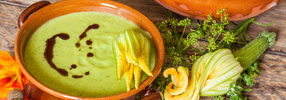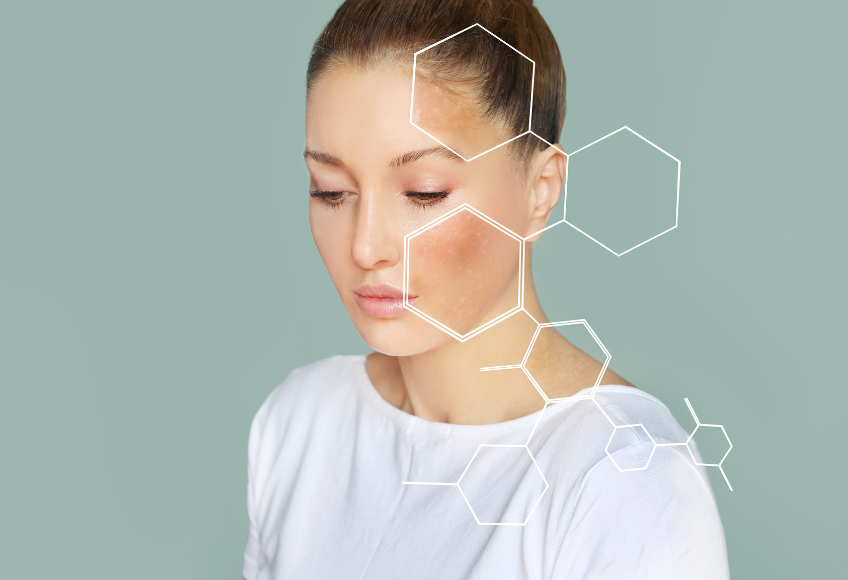
Organ series: skin
The health of our organs plays a major role for your well -being and fitness. But do you actually know how every single organ of your body works?
If you are not studying medicine or are interested in it privately, the answer is usually open to you. Therefore we would like to educate you and bring the human organs closer to you.
In the next few months, new blog posts are waiting for you again and again. We will explain the functions of our organs, the connection with histamine intolerance and much more.
Today we deal with the skin ...
Did you know that the skin is our largest organ? With an area of approx. 2 sqm and about 600,000 cells, the skin wraps our body like a tailor -made suit. Our skin shows other fellow human beings but also how we live. In night owls and excessive party goers, the skin is usually pale or gray. Couch potatos have a pale skin and sun lovers are brown brown. In sad people, the skin often looks dough, whereas happy people often have a rosy skin full of clamping power. Just watch your fellow human beings and pay attention to the appearance of your skin.
Tasks and functions of the skin
- Protection against external influences of all kinds
- Thermostat for our body: The skin ensures that our body temperature remains constant at 37 ° C, either by sweating (cooling down) or by increasing the blood supply (heat)
- Important excretion organ: excess acids and poisons are excreted from the body via the sebum and sweat glands
If the other detoxification organs such as the kidney, liver and intestine are overloaded, then metabolic end products and toxins are increasingly excavated via the skin. This can lead to skin problems such as rashes, pimples, etc. Skin problems should therefore always be associated holistically with the excretion organs. The skin also shows our counterpart where we come from. The amount and type of our color pigments decide on our skin color.
Organ clock
The skin is our largest organ and always active. So she has no awake and rest phases.
Structure of the skin
The skin consists of three layers: the epidermis, the dermis and the subcutaneous. Every single layer of skin has different tasks.
Epidermis:
It is the utmost layer of skin and forms the protective horny layer. Neither blood nor lymphatic vessels run in it, because it is only supplied with the dermis. The epidermis is very thin and also determines which skin color we have.
Leder skin:
The dermis is much thicker than the epidermis. Nerve cells sit in it with which we can feel touches, warmth, cold and pain. The sebum and sweat glands are also located here. This layer of skin mainly consists of connective tissue that contains collagen and elastin. So it ensures that our skin is tight and elastic.
Subcommens:
Fat cells are stored in this layer of skin. It therefore serves as a protection against cold and as an energy storage. Usually the subcutaneous is only 0.5 mm thick. With overweight people, however, the subcutaneous can be 3 cm thick. Larger blood and lymphatic vessels run in the subcutaneous skin, and edema also arise here. The subcutaneous connects the skin to the rest of the body.
Mental component
The skin is also called the mirror of our soul because it is closely connected to the nervous system. Many entertaining emotions are expressed by the skin, such as anger, shame, shyness, but also fear and horror as well as joy and excitement. The best known emotional utterance of the skin is goosebumps. Certainly you have already received goose bumps. But deeply hidden emotional stress can also be expressed on the skin. This is then noticeable in the form of skin diseases or a poor complexion.
Due to the sensory cells in the skin, we can also feel closeness to other people. So the skin connects us with others and thus ensures a feeling of security, love and warmth. We build bonds and relationships through such touches that give us emotional stability.
An exciting fact: During embryonic development, the skin and the nervous system develop together from the same system (i.e. the same cotyledon). The skin and the nervous system are very strong together and should never be considered separately.
Connection with histamine intolerance
Skin problems are closely related to histamine intolerance. The best -known skin symptom is the flush, in which histamine leads to a release of nitrogen monoxide, which in turn expands the blood vessels. This leads to redness and the heating of the skin. On the face, the phenomenon expresses itself as a flush. If histamine is released from the mast cells, it increases the permeability of blood vessels and thus also contributes significantly to squaddling, redness, itching and further skin problems.
Symptoms in histamine intolerance
- Flush, reddening of the skin
- Nettle addiction, whisper
- Neurodermatitis
- Eczema, itching, dry skin
- Sweating
- Spring units, rash, sun allergy
- Edema

Histamine -low products
Histaminikus
The bacteria sensitive
4.65 / 5.0
(139) 139 total reviews
Share

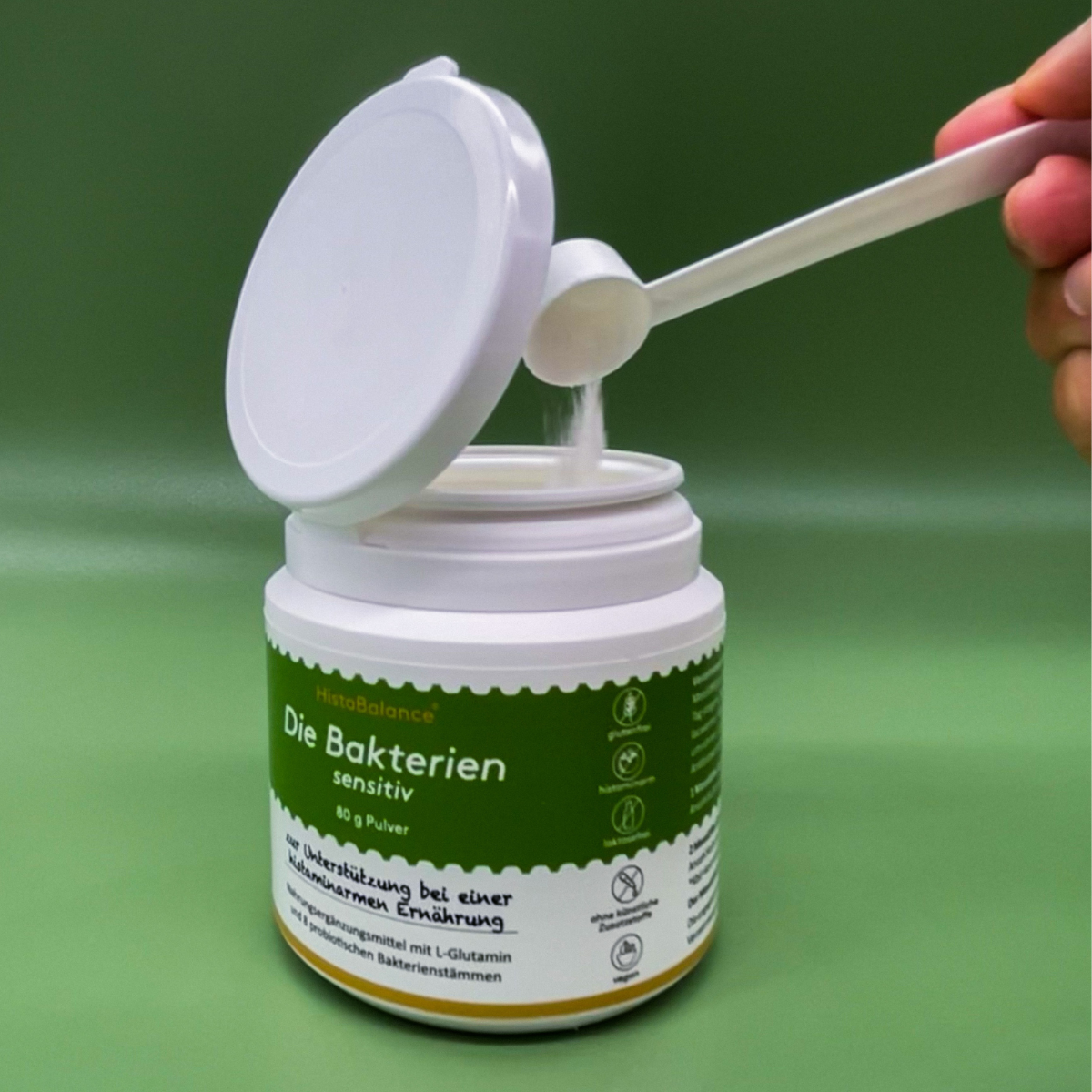
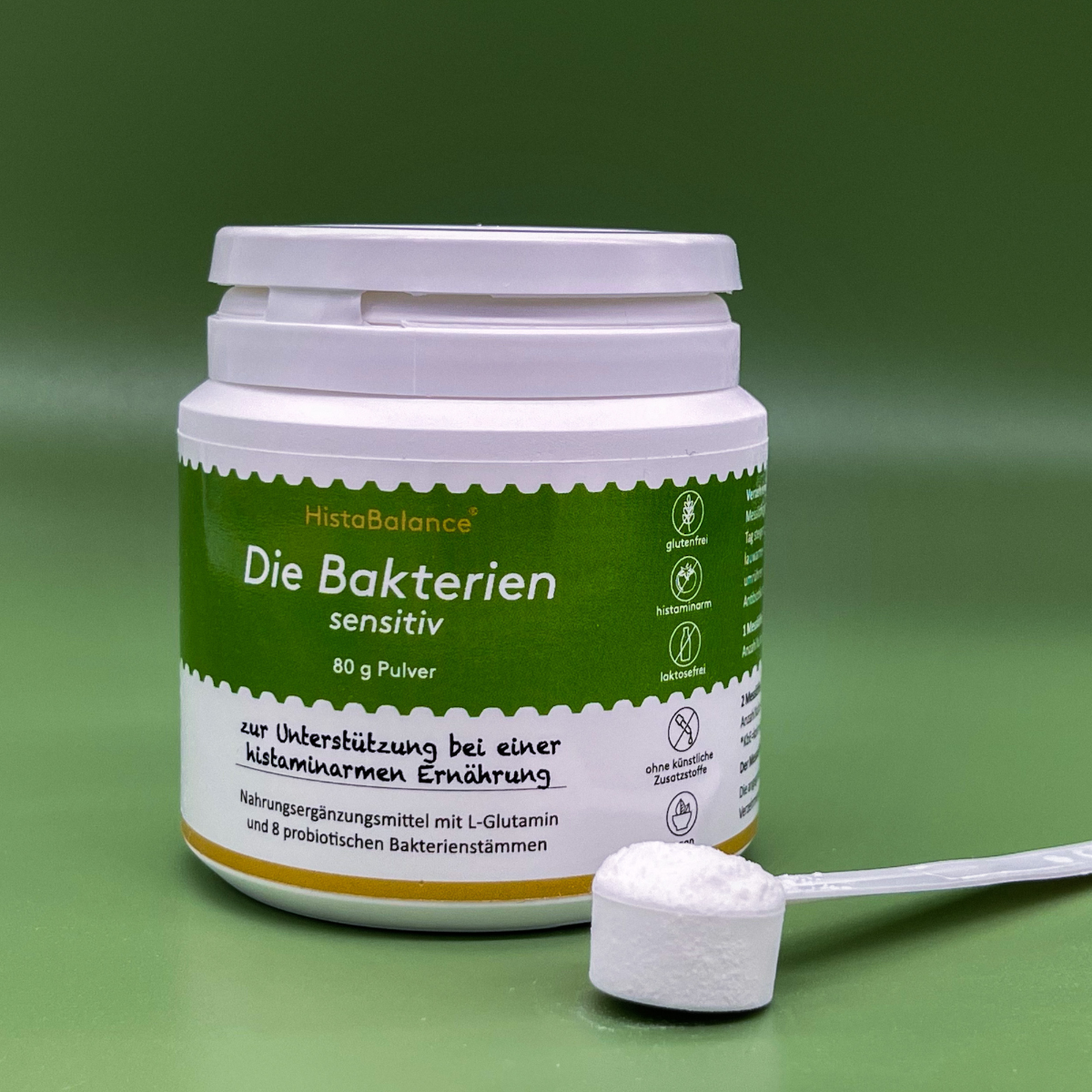
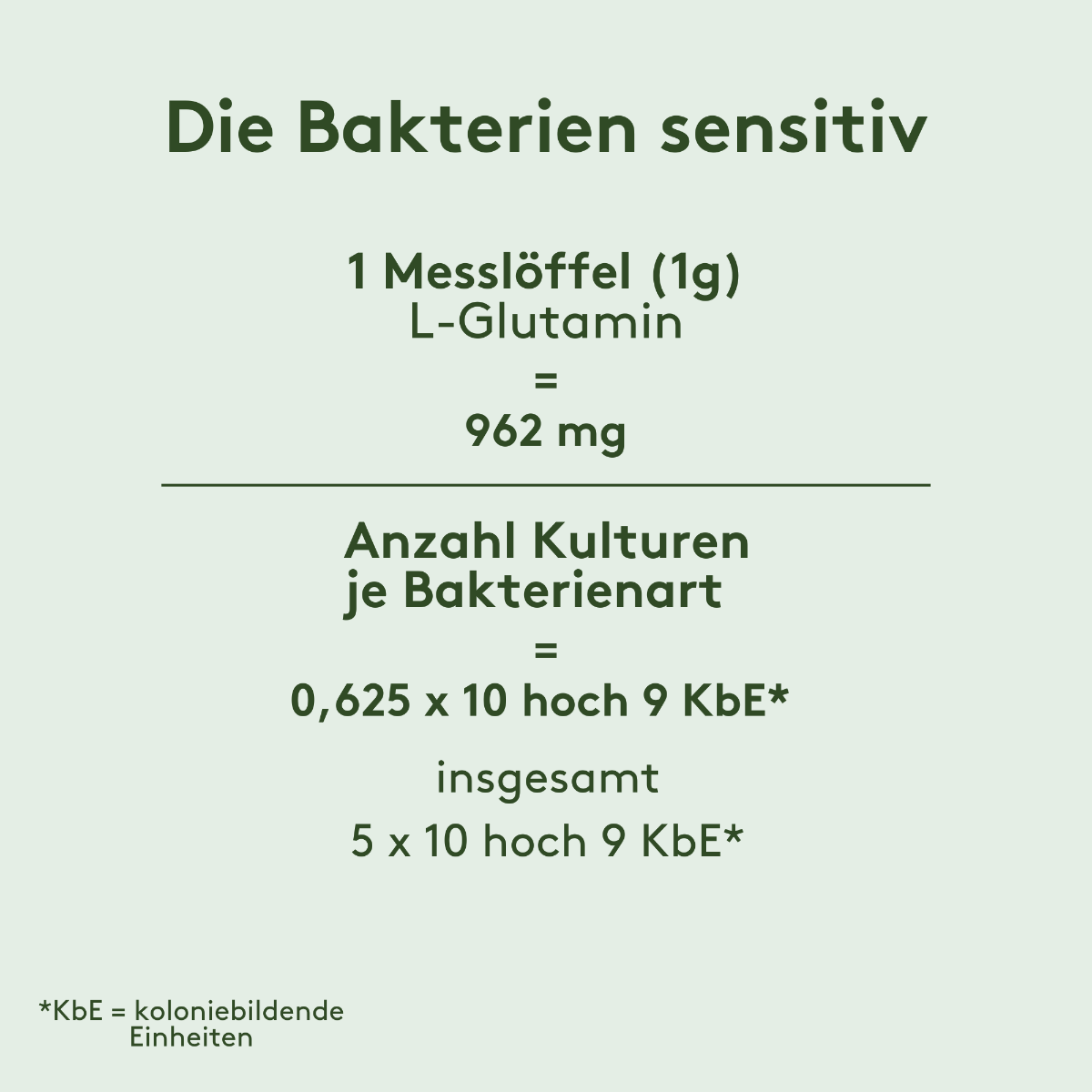

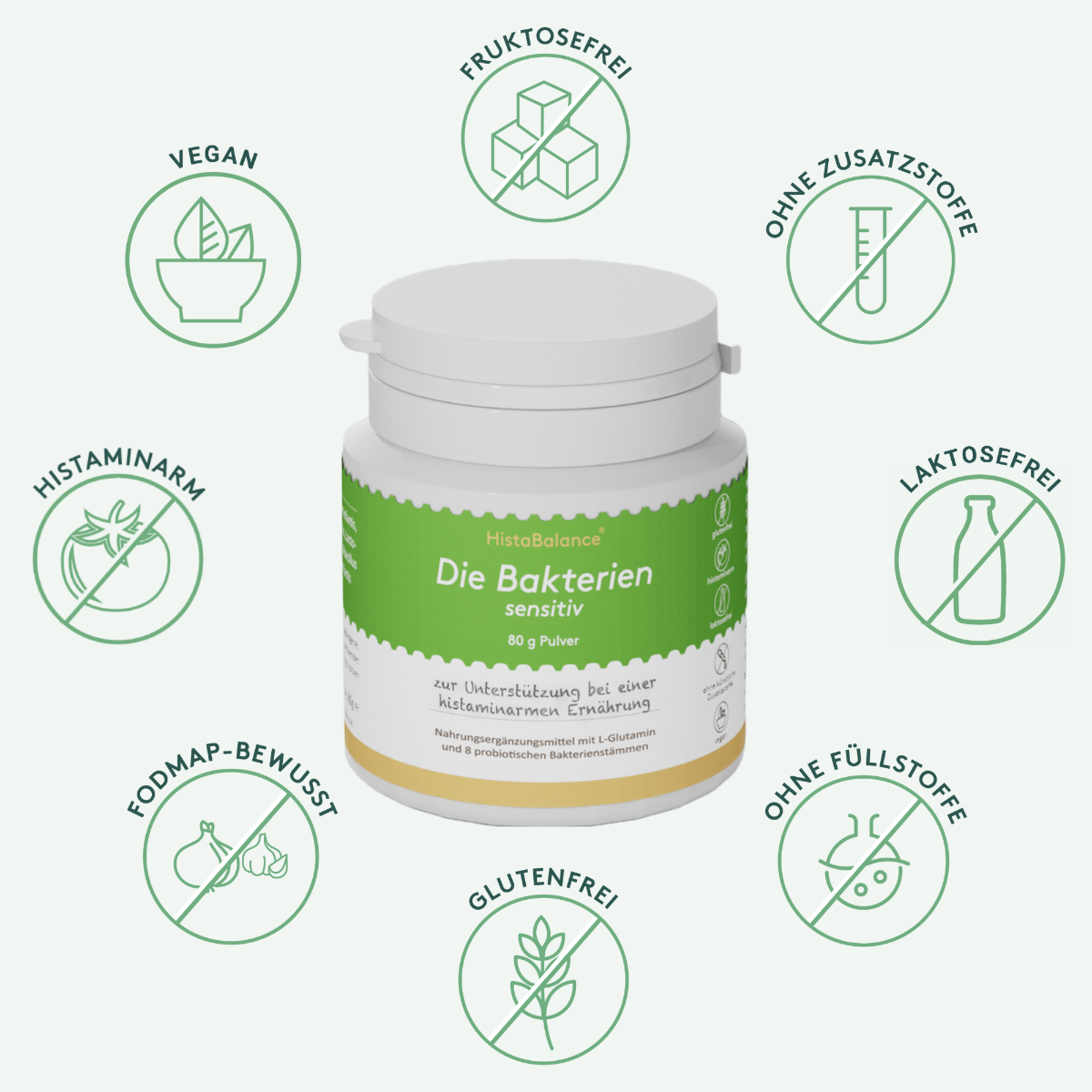
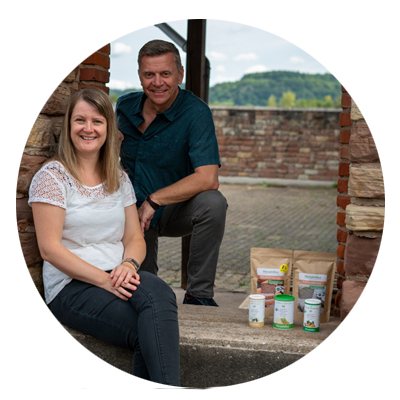
From those affected for those affected
We are Thomas and Michaela Zinser, founder of Histaminikus.
Because of the own histamine intolerance of Michaela and our son, we founded Histaminikus. The frustration does not find any suitable histamine food has spurred us to develop low -histamine food.
We would like to give you back a piece of quality of life. Feel free to look around with us.
Kind regards
Thomas and Michaela


